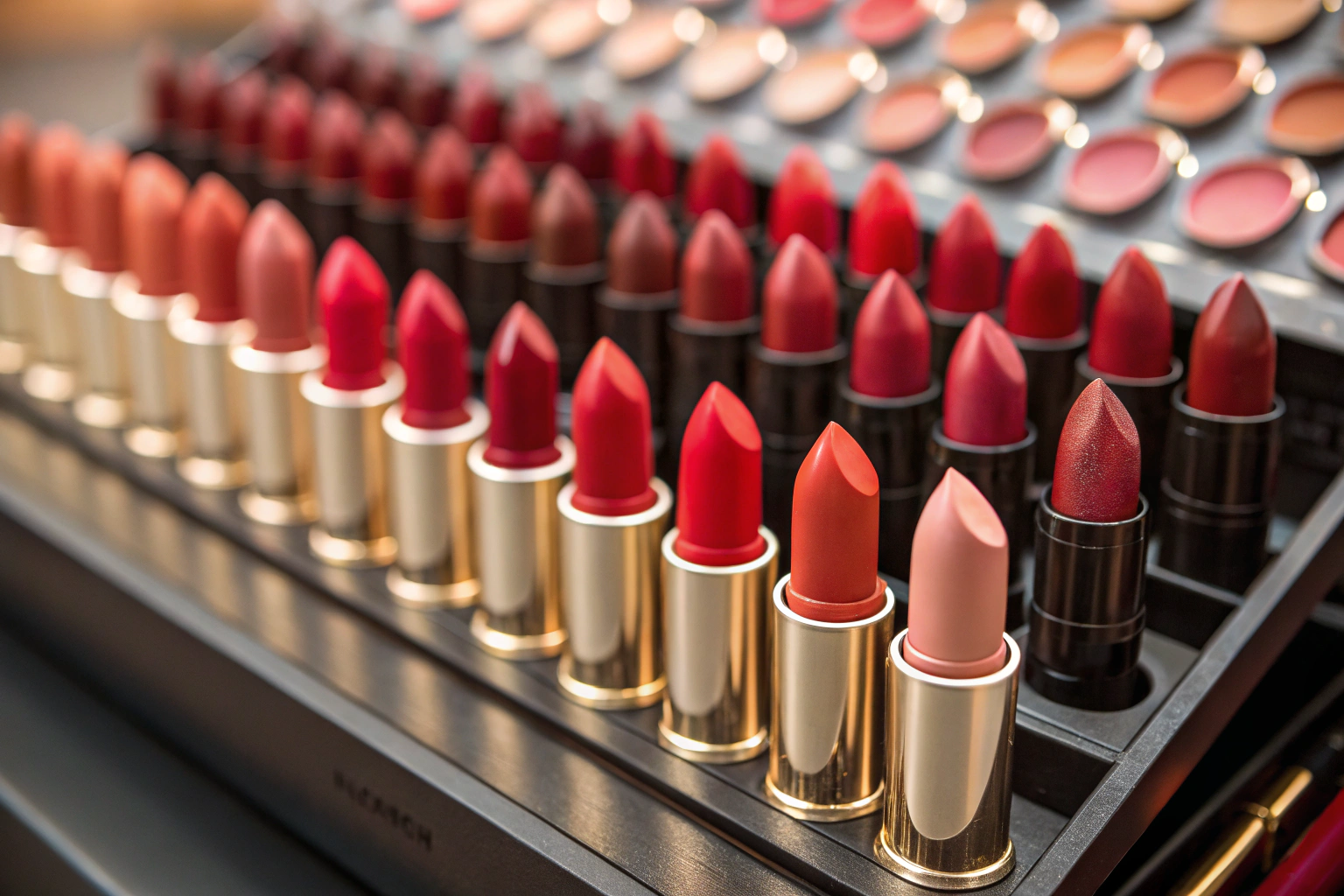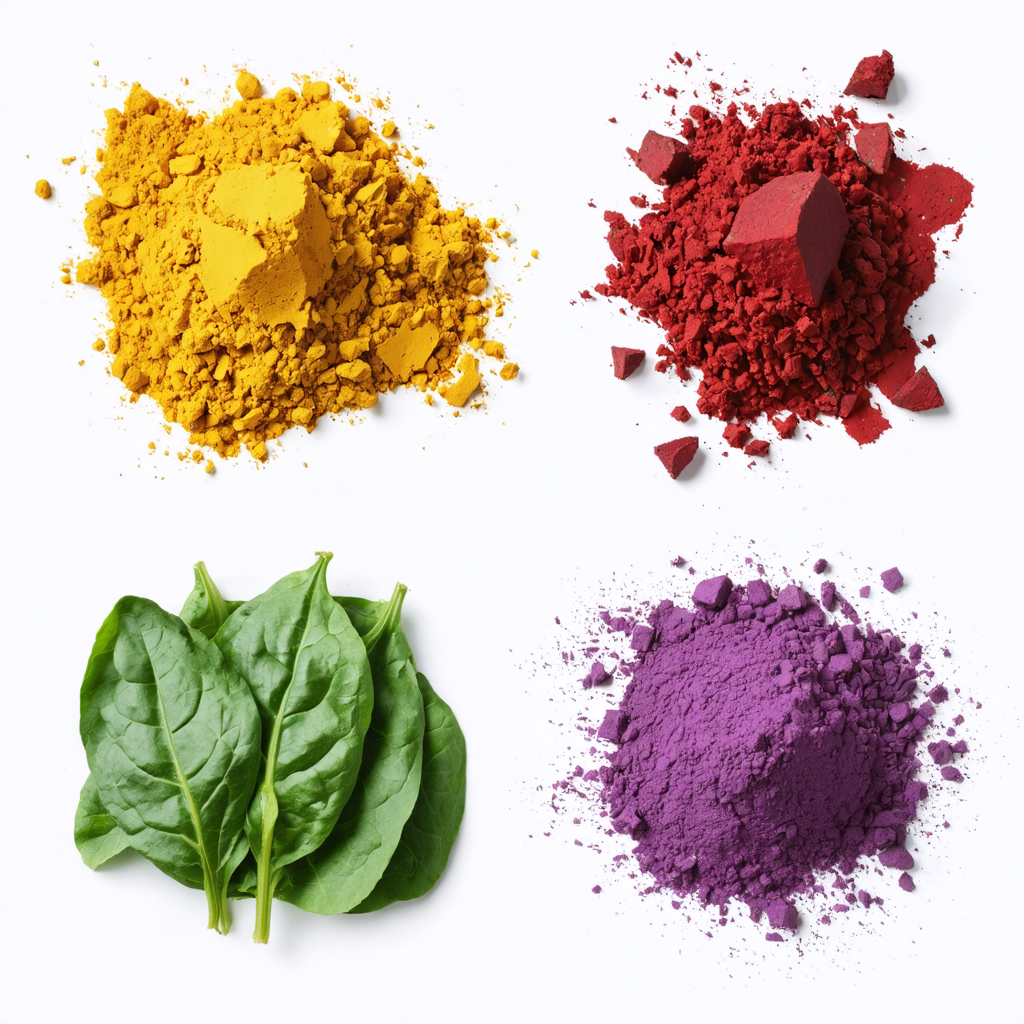Privately created cakes and pastries have become increasingly popular in recent years.
Innovative bakers have started to share their delectable pastries through the Internet platform so that more people can enjoy high-quality pastries and promote healthy eating while also increasing the health and deliciousness of their own dining tables.
Everyone turned to overseas purchases and imported food colouring due to the rapid development of the western pastry food industry and the rapid upgrading of industrial technology.
Table of Contents
ToggleThe following sections make up the bulk of our conversation with you today
- Food colouring safety evaluation and undiscovered risks.
- Natural colours that can be used in pastries and cakes.
- Tips for choosing, using, and substituting cake and pastry colours.
First lets talk about the safety evaluation
- The purpose of food colouring is to make food look better, stimulate desire, associate flavour with food, and convey a sense of pleasure. influence how individuals perceive flavour and taste; one of the criteria used to determine if food is fresh.
- Natural and artificial food colouring are divided into two categories.
- Organic pigments are food dyes derived from organic materials, mostly from animal and plant tissues and microorganisms (cultures), the bulk of which are plant colourants.
- Natural pigments offer a high level of safety and are non-toxic to humans. The majority of natural pigments are now permitted for usage in China;
- The majority of natural colours contain specific nutrients.
- Natural pigments can more accurately mimic the hue of natural items and produce more natural-looking colour tones;
- High cost, low fastness, strong acid and alkali, high temperature, light, etc. would impact its stability.
- Some varieties of natural pigments have a special aromatic flavour, which can convey a good feeling to people when added to food. (Santa Color, which offers precise and reliable natural pigments)
- It is challenging to independently blend any colour tone; (Santa Color, the most professional compound natural pigment manufacturer)
Knowledge about Synthetic pigments
They are artificially created organic and inorganic colours, primarily organic pigments manufacture from aniline dyes extracted from coal tar as a starting ingredient.
- Low price and cost. It is brightly colour, has strong tinting properties, is simple to dissolve, and is simple to colour. The majority of them are manufacture from coal tar, which has an azo chemical structure and can be metabolise by the body to produce possibly cancer-causing substances like -naphthylamine and -amino-1-1-naphthol.
- In addition to not being able to give the human body the nutrition it needs, synthetic pigments can also be harmful to people’s health. For instance, Sudan Red has been shown to alter DNA in human liver cells. In addition to allergies, diarrhoea, kidney stones, and even mutagenic, carcinogenic, and teratogenic effects, other synthetic colours can impair a person’s body.
Natural colours that can be utilise in cakes and pastries
- Dark red: ,monascus red
- Purple: Beet red,cochineal
- Green: Chlorophyll
- Peach: Beetroot carrot
- Blue base: spirulina or phycocyanin
- Brown: Cocoa powder,
- The status of cake and pastry pigments is that they must be add strictly in accordance with the regulations, which change for each form of baked product and are outline in the applicable domestic food safety regulations.
- The permitted amount of addition for the same pigment varies depending on the type of food. It is likewise prohibit to contribute more than is necessary. Choosing natural pigments, on the other hand, is not too difficult. The maximum amount of the majority of natural pigments is use in moderation according to production needs” due to safety reasons.
- This restriction was put in place for two reasons: first, it is based on consumer eating patterns and safety analysis, and second, it is based on the additive’s toxicological test and the upper limit of what humans can tolerate.
How to choose natural pigments expertly based on the intended use Food Additives
(1) Citrus yellow, beet red, and sorghum red are examples of common natural pigments that can be employed in a variety of foods in the right ratios depending on manufacturing requirements.
(2) Identify the typical natural colours used in baked goods: cochineal red, annatto, grape skin red, gardenia blue, etc. Beta-carotene, beet red, sorghum red, citrus yellow, turmeric, sodium copper chlorophyll, etc.
(3) List of some natural colours that are frequently are in bread: beta-carotene, beet red, sorghum red, citrus yellow, turmeric, sodium copper chlorophyll, grape skin red, annatto, gardenia blue, turmeric, etc.
(4) The following are typical natural pigments are in cakes: Carotene, beet red, sorghum red, citrus yellow, turmeric, sodium copper chlorophyll, annatto, grape skin red, gardenia blue, plant carbon black, radish red, grape skin red, gardenia yellow, cocoa shell colour, chilli red, gardenia blue, chilli orange, monascus red, and monascus yellow, among other colours.
(5) Common natural colours found in biscuits include: -carotene, cochineal red, annatto, grape skin red, gardenia blue, Monascus red, caramel colour, cocoa shell colour, chilli orange, chilli red, sodium copper chlorophyll, vegetable carbon black, gardenia yellow, etc.
(6) List the natural colours that are frequently use in baking food fillings and surface paste. A few examples include alpha-carotene, beet red, sorghum red, citrus yellow, turmeric, sodium copper chlorophyll, grape skin red, gardenia blue, monascus red, cocoa shell colour, chilli orange, chilli red, gardenia yellow, gardenia blue, and caramel colour (popular method). — (flavor pie fillings only).
Tips for choosing, using, and substituting cake and pastry colours
- Make good use of foods that naturally include colour,
such as purple potatoes, chocolate, carrots, amaranth, matcha, tea powder, all types of fruit powder, jam, chilli, etc.; however, be aware of some purple potato powder, matcha powder, and jam that may contain artificial colouring.
- Some synthetic pigments gradually enlarge in the body and are challenging to digest and eliminate from the body. In youngsters with impaired liver and kidney functions in particular,
the damage to the human body slowly builds up and is particularly severe. Avoiding the use of artificial colours in baked goods is advise.
- Avoid using illicit pigments and don’t utilise pigments outside of their intended application.
- When you do need to use it, try to spend as little and as little as possible. The concealed hazard increases with colour brightness.
- Use safe and authorised natural pigments which Santacolor can provide you.
Why do natural food colours fade over time?
A number of things, including extreme heat, light, excessive acid and alkali,
oxygen, metal ions, and so forth, have an impact on natural food colouring. (Santa Color blends natural pigments expertly; these pigments are generally more resistant to high temperatures, acid, and alkali.)
and so forth, have an impact on natural food colouring. (Santa Color blends natural pigments expertly; these pigments are generally more resistant to high temperatures, acid, and alkali.)
Give us order for natural colors click here.
Explore our products.




